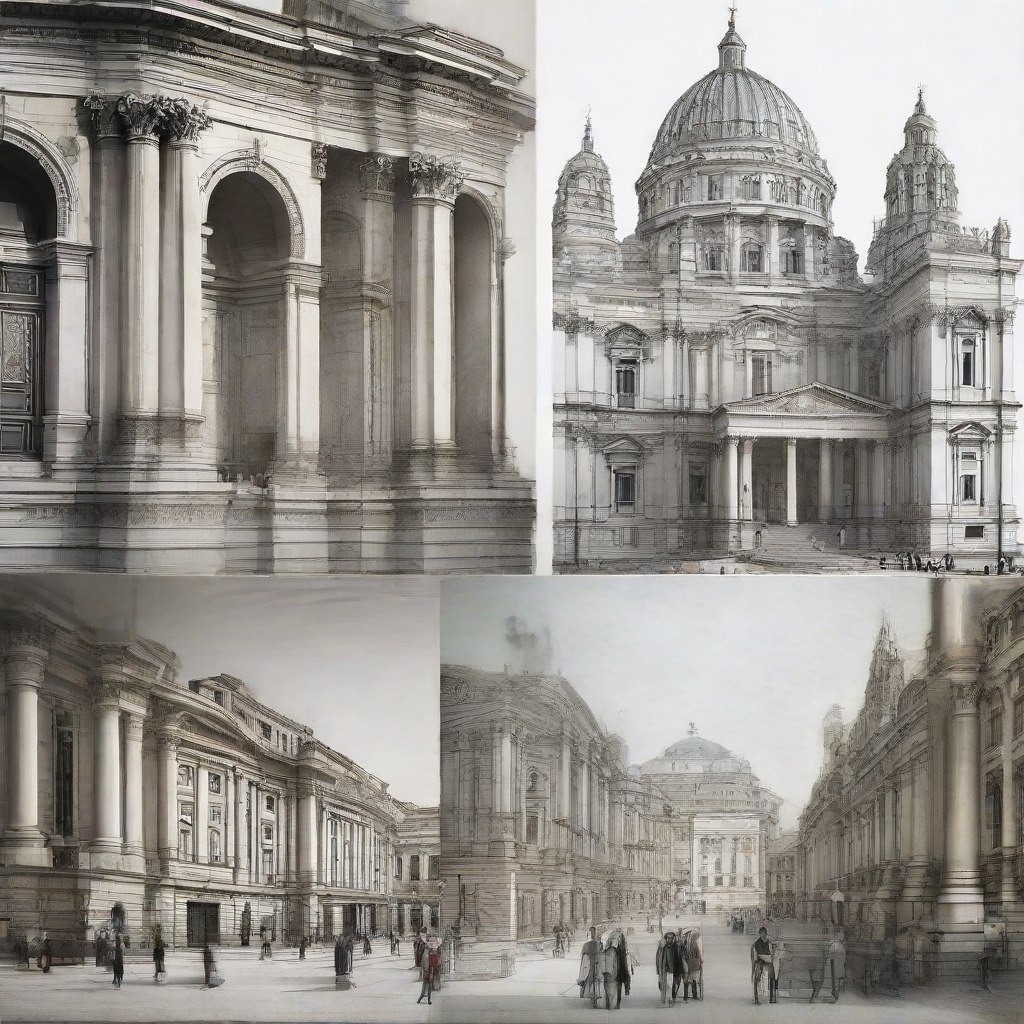Welcome to the diverse world of architecture, where buildings reflect the history, culture, and values of societies around the globe. From ancient civilizations to modern metropolises, architectural styles have evolved and adapted to meet the needs and aspirations of each era. In this article, we’ll take a journey through some of the most prominent architectural styles, exploring their origins, characteristics, and enduring influences.
1. Ancient Architecture
The roots of architecture can be traced back thousands of years to ancient civilizations such as Mesopotamia, Egypt, Greece, and Rome. These cultures developed distinctive architectural styles that continue to inspire architects and designers to this day.
| Architecture | Characteristics | Influences |
|---|---|---|
| Greek | Doric, Ionic, and Corinthian columns; symmetrical design; emphasis on harmony and proportion | Neoclassical revival during the Renaissance and later periods |
| Roman | Use of arches, vaults, and domes; monumental structures such as amphitheaters, aqueducts, and baths | Inspiration for Renaissance and Baroque architecture |
| Egyptian | Pyramids, temples, and tombs; massive stone construction; intricate hieroglyphic decorations | Influence on Art Deco and Egyptian Revival styles |
These ancient architectural styles laid the foundation for many of the design principles and techniques still used in modern architecture.
2. Classical Architecture
The revival of classical architecture during the Renaissance marked a return to the ideals of ancient Greece and Rome. Architects such as Andrea Palladio and Filippo Brunelleschi sought to emulate the proportions, symmetry, and order of classical buildings, creating timeless masterpieces that continue to inspire awe and admiration.
- Renaissance: Characterized by harmonious proportions, domes, and symmetrical facades, Renaissance architecture celebrated the humanist ideals of balance, beauty, and rationality.
- Baroque: Known for its dramatic use of light and shadow, intricate ornamentation, and grandeur, Baroque architecture aimed to evoke emotional and spiritual experiences.
- Neoclassical: Inspired by the architecture of ancient Greece and Rome, Neoclassical buildings feature columns, pediments, and symmetrical layouts, reflecting a renewed interest in classical antiquity.
Classical architecture had a profound impact on the development of Western architecture, influencing styles such as Georgian, Federal, and Beaux-Arts.
3. Modern Architecture
The 20th century saw the rise of modern architecture, characterized by a rejection of historical styles in favor of innovation, functionality, and experimentation. Architects such as Frank Lloyd Wright, Le Corbusier, and Ludwig Mies van der Rohe revolutionized the field, introducing new materials, construction techniques, and design principles.
- Art Deco: A glamorous and eclectic style characterized by geometric shapes, sleek lines, and bold colors, Art Deco epitomized the optimism and dynamism of the interwar period.
- Bauhaus: Founded by Walter Gropius, the Bauhaus school of design promoted the integration of art, craft, and technology, leading to the development of minimalist, functionalist architecture.
- Postmodern: Reacting against the perceived coldness and rigidity of modernism, Postmodern architecture embraced historical references, irony, and playfulness, challenging conventional notions of style and form.
Modern architecture continues to evolve, with architects exploring new approaches to sustainability, urbanism, and social responsibility in response to contemporary challenges.
Conclusion
Architecture is a reflection of human creativity, ingenuity, and cultural identity. From the monumental structures of ancient civilizations to the sleek skyscrapers of the modern era, architectural styles have shaped the built environment and influenced the way we live, work, and interact with our surroundings. By studying the rich history of architecture, we can gain a deeper appreciation for the diverse range of styles and the enduring impact they have on our lives.


